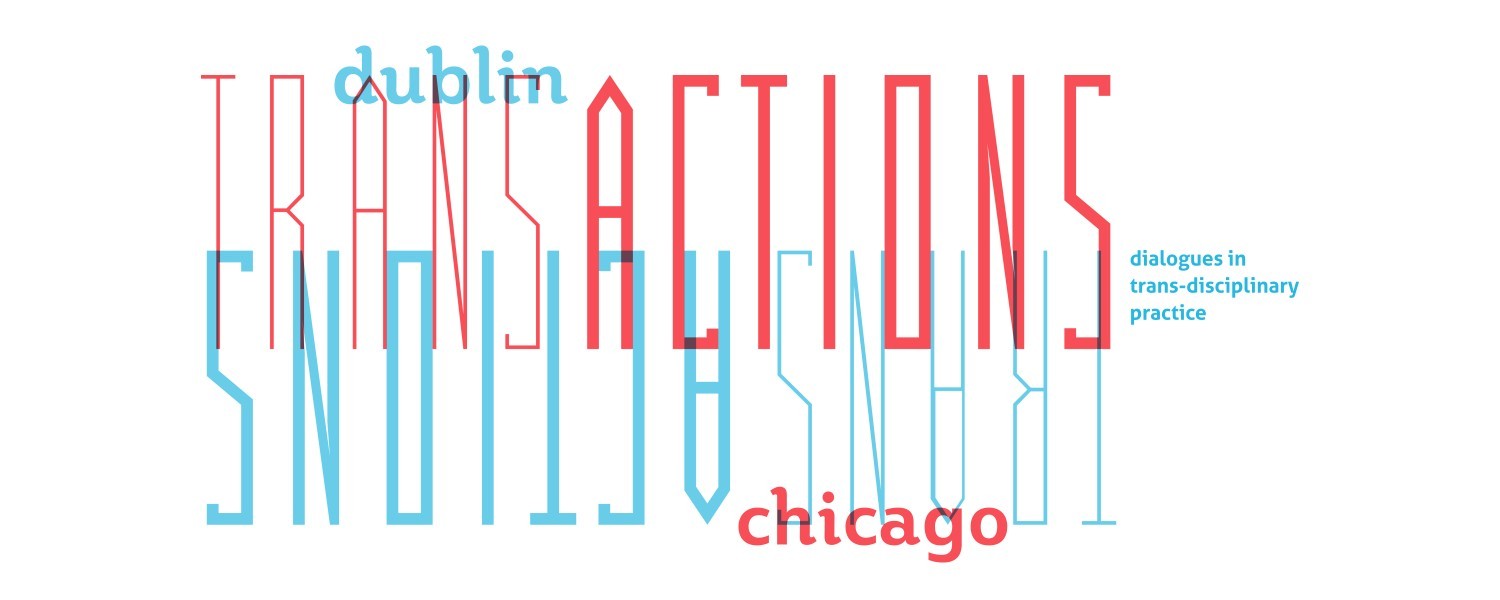Jim Duignan
I grew up in Chicago, in the moments of mural movements and collective community developments of the 1960s and 70s. These emergent times opened my eyes, as local centers, business councils, and community programs came to be alongside and as a result of the ground-level social tensions in the city. Amidst the backdrop of racial struggles, the Vietnam War, gas rationing and riots, the local context looked to a young public high school student as the definition of widespread uncertainty.
I watched the local art scene in Chicago move through the political times and toward deep conceptual matters as I walked into the art department of the University of Illinois at Chicago for the first time in the fall of 1976. Progressive education began to fascinate me, as I realized that public school—as a facility and an idea—could only serve to supplement one’s general education. That idea would forever be connected to my considerations of site, context, narrative and intention; a framework that I could understand, which would eventually apply to art, education and living in Chicago.
Coming into adulthood in this city, I worked with groups and at centers that supported and cared for the whole lives of others in various communities. I encountered the almost impossible tensions of navigating this city as an artistic, narrative influenced practice then. Chicago became my studio, a place I could raise questions as my work dipped into the larger, social questions of a life in many neighborhoods, and those schools and centers, the fortresses and conservatories, the meeting halls and abandoned buildings.
By the early 1990s, my influences and practices were coalescing into the Stockyard Institute, an artist practice aided by dialogue on community work with artists and of learning, especially artist, Michael Piazza, who shifted alongside me. We spoke of the richness of Chicago neighborhoods, and of good will, and of the legitimate prospects of enhancing our teaching strategies through the arts. The whole form of Michael’s and my work blended everything we knew. Projects were civic in their precision and social in their depth, with obscure literary and political references, music and frameworks soaked in the stories of difficult lived experiences, neighborhood struggles and occasionally of the stories of heroic grandmothers, street poets and alley radicals.
Chicago today is a city well suited for this work of a socially engaged nature, which still remains broad in content and intention. Its history harkens back to both large moments of conflict and to the small, quiet gatherings of those in service to themselves and to the formation of small collective units pressed to contribute to the ground-level work in this city. A city where in the shadows of the most notable of social and civic pioneers and community activists, the steady flow of midnight viaduct writers, radical teachers, organizers of small writing groups, protesters, free breakfast initiators, prison and school reformers, and underground publishers, one accumulating history guides these current artistic practices. Now, another generation comes to bring their ideas into play, a specific take on an iteration of work that adjusts over its time, to history, to artistry, to context and to change.
